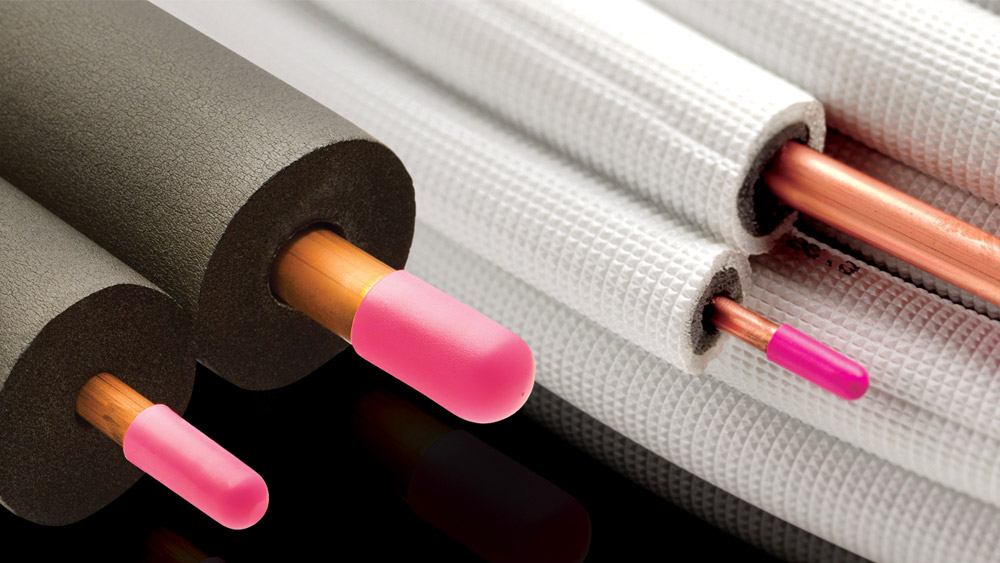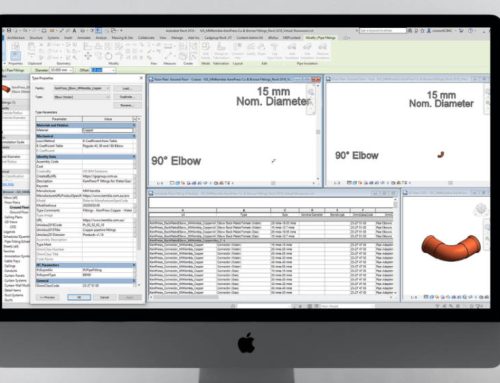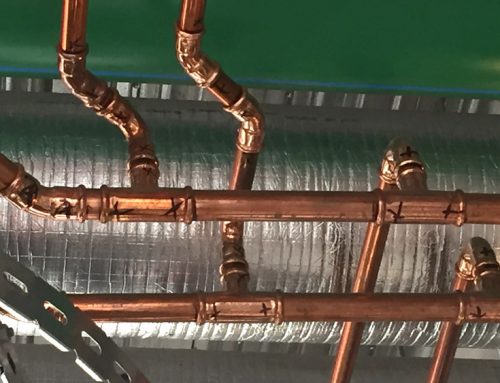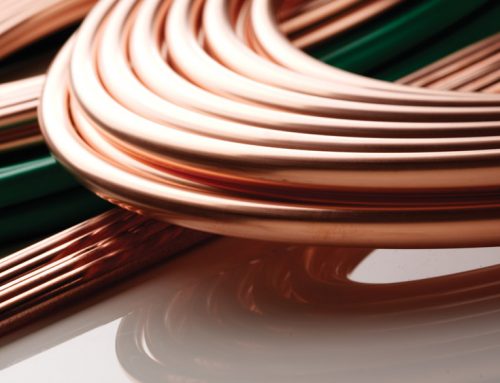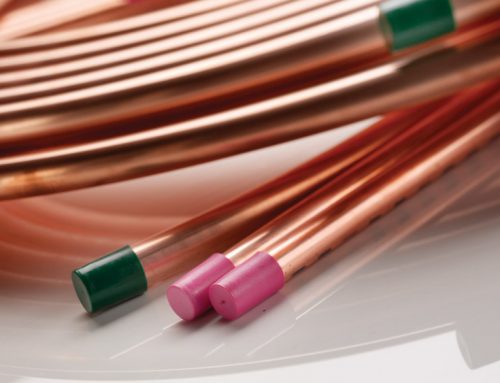What is ‘dewpoint’?
The air surrounding us contains water vapour. The water vapour content of this air can vary greatly, and in general warm air can absorb more water than cold air.
As the air near a pipe cools, the air becomes more saturated until it reaches a point where it is 100% saturated with water vapour. This temperature where the air reaches 100% saturation is called the ‘dew point’. If the air continues to cool, part of the water will no longer be absorbed by the air, (because it simply cannot hold any more), and it will form liquid water on the cold surface – commonly known as condensation.
Choosing the right insulation thickness
The performance of insulation is affected by many parameters: its thickness, its performance (thermal conductivity) and its resistance to moisture. Good quality insulation in the correct thickness will prevent surface condensation.
The choice of insulation thickness will depend on the temperature and size of the pipes, and also on the ambient temperature and relative humidity. In the more tropical areas of Australia there is a need for thicker insulation, as the temperatures and relative humidity are higher.
How do I choose which Kembla Paircoil to use?
The graph below shows the dew point on a pre-insulated 5°C pipe. Each line represents a different thickness of insulation. For example, with 10mm of insulation (MM Kembla Paircoil) there is a dew point at 25°C and 75% relative humidity. If the temperature remained at 25°C, but the relatively humidity increased to 78%, then condensation would form on the insulation. For this more extreme condition an insulation thickness of 13mm (MM Kembla PaircoilMAX) is required. Any conditions above the 10mm line will require thicker insulation.
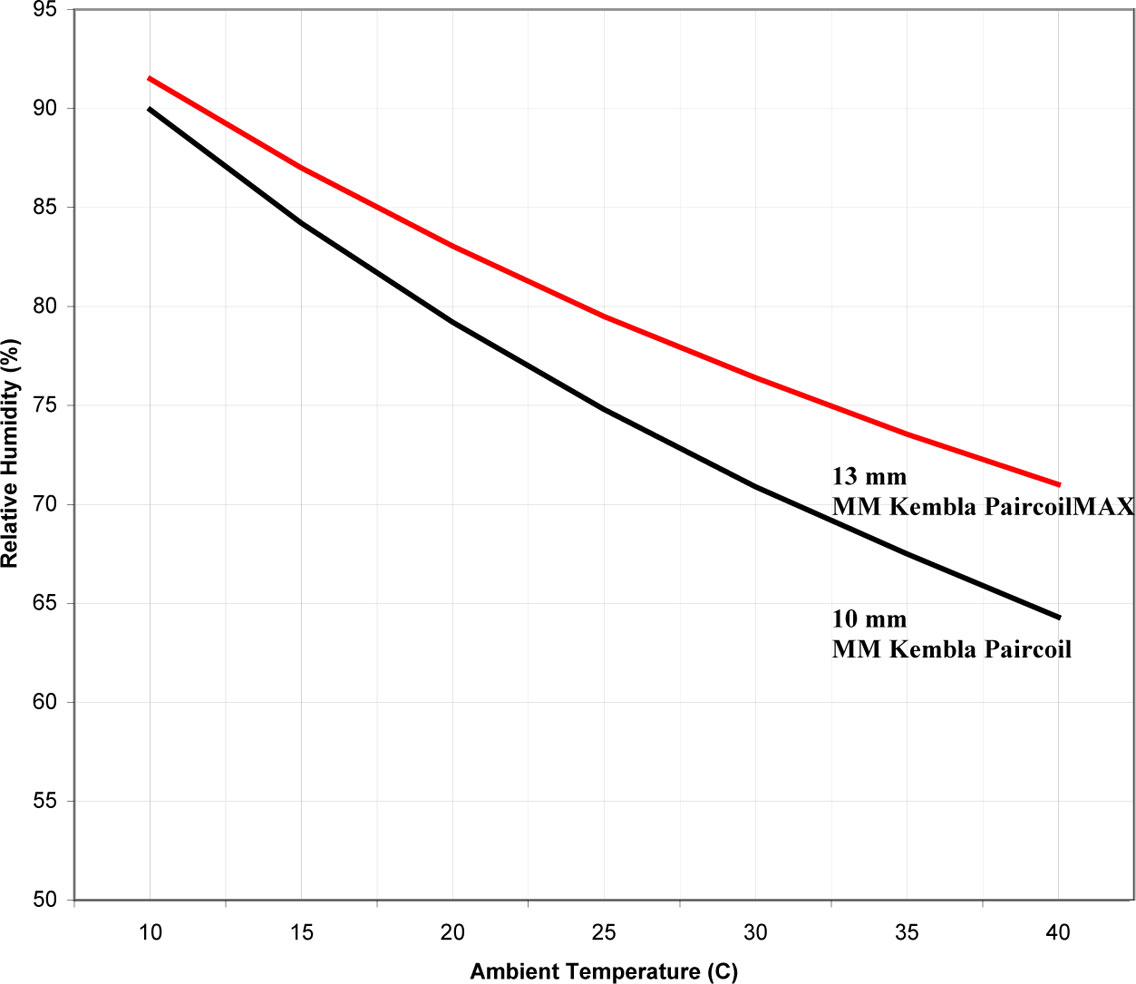
Note: the data in the graph is based on a still air environment, for a 5/8” (15.8mm) copper pipe at a temperature of 5°C. The thermal conductivity of PairCoilMAX insulation is 0.036 W/mK (23°C), and the surface coefficient of heat transfer is 9.0 W/m2K.
